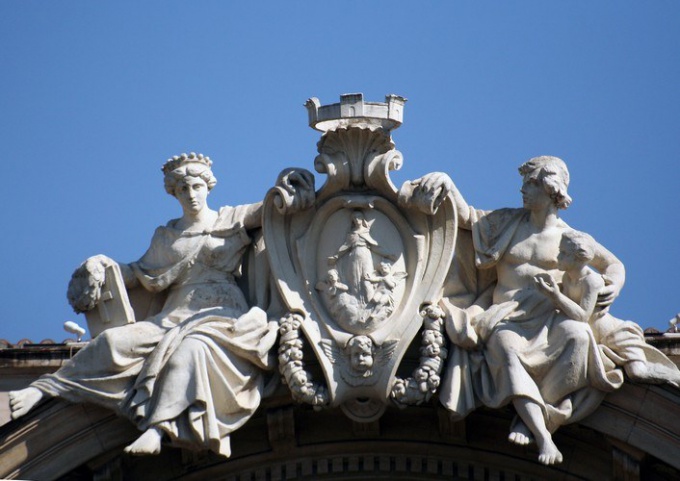What constitutes
Culture is one of the spheres of public culture. Its essence is a creative display of being (of nature, society and life) in artistic images. It has important functions, such as the formation of aesthetic perception and consciousness of people, the transmission of social values, norms, knowledge and experience, and recreational function (recovery people).
As a system it includes:
- the art itself (individual and group), works and art values;
organizational infrastructure: institutions for development, preservation, dissemination of art and culture, creative organizations, educational institutions, demonstration sites, etc.;
- the spiritual atmosphere in the society - the perception of art, public interest in artistic and creative activities, the arts, public policy in this area.
To the artistic culture mass, popular, elite culture; artistic and aesthetic aspects of different types of activities (political, economic, legal); regional art subculture; the artistic subculture of the youth and professional associations, etc.
It manifests itself not only in art but also in everyday life, and in material production, when the person gives them the created objects of practical and utilitarian expressiveness and attractiveness, realizing their need for aesthetics and beauty in art. In addition to the material sphere of physical objects, it also applies to the spiritual realm.
Culture in the narrow sense
- Artistic culture is the art. This includes painting, drawing, sculpture, literature, music, dance, architecture, theatre, cinema, circus, decorative arts, art photo. Within each of these types of art created works of art - paintings, sculptures, books, movies, plays, etc. In them people by means of convey their subjective vision of the world.
Art is an important means of cognition of the person and the world around him. It promotes assimilation of the experiences of people in society, the perception of collective moral values and attitudes.
